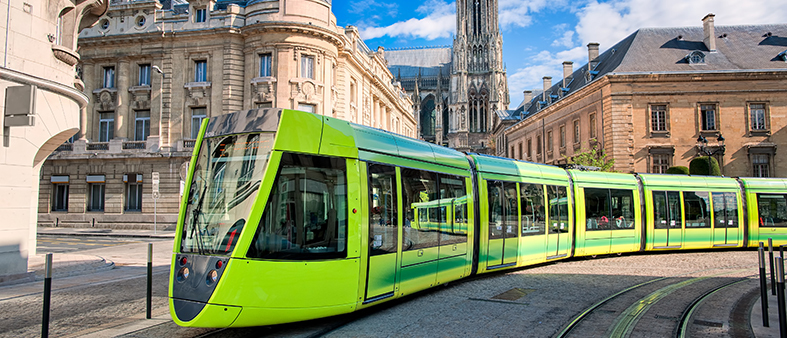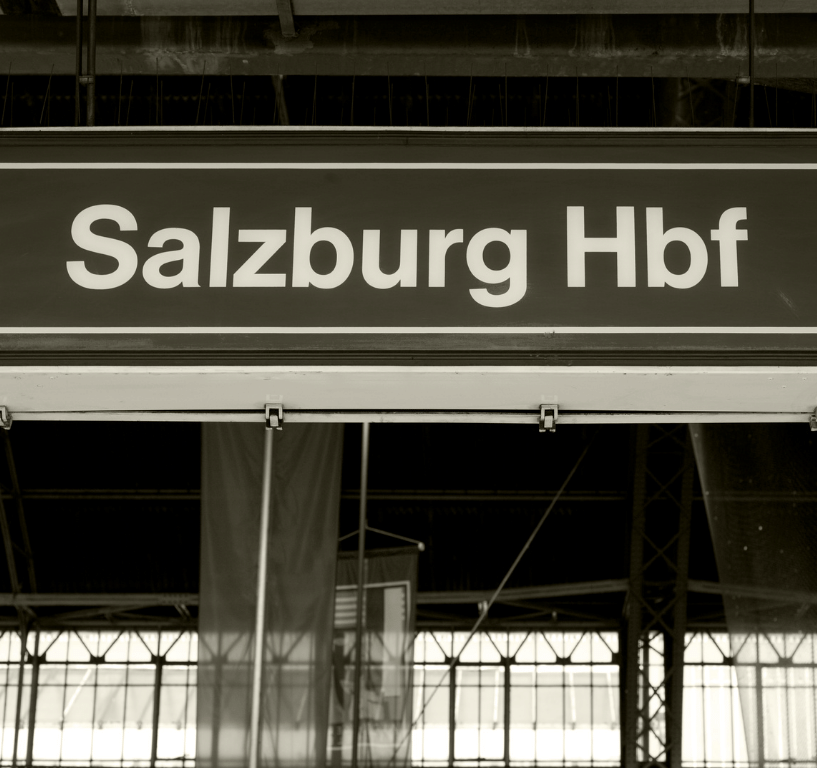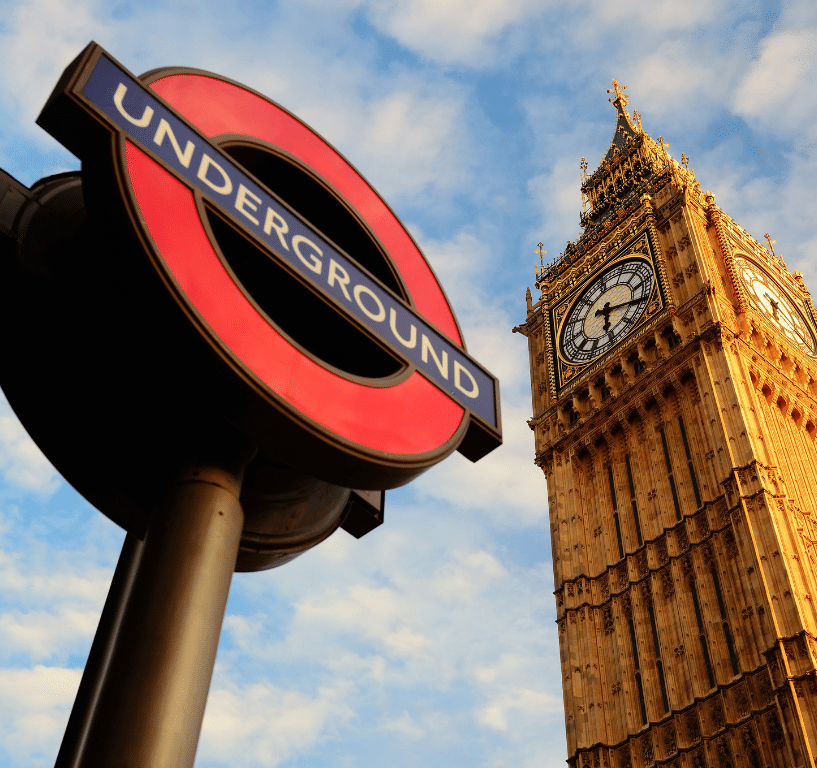
How to Travel in Europe by Train and Metro – 5 Tips for Using Public Transit
I used to be terrified of public transportation. Transit maps look like computer chips, I thought. I don’t understand computer chips. In my defense, public transportation in Massachusetts, where I’m from, has never been particularly good, which made whatever interest I had in taking the train fade away early on.
I recall a time when I was without a car. I checked to see if the Boston train would take me to see a friend in New Bedford. It did not occur to me that taking the train would involve a coastal tour of Massachusetts and, with that, an additional three hours of travel to what otherwise would be a simple one-hour drive. This sort of inefficiency made me care little about mass transit.
But when I chose to live in Europe for a year, public transportation was a way of life I could hardly ignore. Owing to my financial instability abroad, I was finally willing to look at a computer chip transit map (in German) and figure it out. When a taxi to the airport costs €65 and the train costs €5, you do what you have to.

Why Public Transit? Rail, Bus and Metro
There are many excellent reasons why we should opt for public transportation. I’m sure Greta Thunberg would agree that small impacts made now can have long-term implications down the road in terms of our planet’s health. By using mass transit, we can ease congestion in our cities and reduce overall greenhouse gas emissions by more than half.
What’s in it for you? Quite a bit. You’ll save money by cutting down on personal car costs, like maintenance and parking fees. You’ll be encouraged to walk more as you transition between stations. Lastly, you can relax. Because road rage before the sun fully rises is just no way to start the day.
Europe’s transportation systems are built so well that many urban Europeans go their entire lives without learning how to drive. On your next Eurotrip, ditch the rental car and hop on the train instead.
Five Tips For Taking Public Transportation in Europe
1. Do your research.
It’s easy to feel overwhelmed by a new city by merely arriving in one, never mind trying to understand the intricacies of a foreign mass transit system. It helps to do a little bit of research beforehand to build some awareness. Look for things like the transit line names and central stations.
In Salzburg, Austria, for example, the transit line is called ÖBB, and their main station is Hauptbahnhof. It’s also wise to explore your options for transit; sometimes it’s cheaper to take a bus (like Flixbus, for example) than it is to take the main train line.

2. Pay for your tickets.
More often than not, you’ll be able to hop on a train or tram without showing your ticket to anyone. Don’t take the honor system lightly. If you’re caught without your train ticket you’ll be charged a hefty fine. In Zurich, Switzerland, your first offense will cost you 100 Swiss francs (~$100). The fee only rises from there, and you can get banned for life, which can be problematic if you plan on staying for a while or you hope to visit again. Do your duty. Pay for your tickets.
3. Consider your ticket options.

Speaking of tickets, consider your ticket options before purchasing on an as-needed basis. Many cities will offer a frequent rider or multi-ticket option, which can save you time and (a little bit of) money. In London, the Oyster card is pay-as-you-go and works for all types of local transport including the Tube, the buses, and the light rail. With this card, rides cost nearly half the price of paying for individual tickets.
3. Be conscious of class seating.
Be aware of where you’re boarding the train. If you buy a standard train ticket, make sure you sit in the second class seating. Train cars are typically marked, but if you’re not sure what you’re looking for, they can easily be missed.
4. Download the appropriate apps.
There are plenty of apps out there to help ease your explorations of Europe. Some of my favorites for transit are FlixBus, GoEuro, and Google Maps. Usually, major cities will have their own apps available for download to purchase train tickets and look up transit schedules.
PRO-TIP: For cities that offer in-app ticket purchases, make sure your phone is charged and will remain charged for the duration of your ride.

Links to European Railways:
- Austria: ÖBB
- Belgium: SNCB
- England/France/Belgium/The Netherlands: Eurostar
- France: SNCF
- France/Belgium/The Netherlands/Germany: Thalys
- Germany: DB
- Italy: Trenitalia
- Portugal: CP
- Spain: renfe
- Switzerland: SBB
- The Netherlands: NS
- The Netherlands/Belgium/France/Germany +more: NS International
Pimsleur – The Perfect Train Companion
Give us 30 minutes a day and we’ll have you speaking a new language in no time. That’s all it takes for you to confidently inquire about prices, order dinner, ask for (or offer) directions – in your new language – with a near-native accent. Just listen, respond and learn to converse in … Spanish while driving … German while jogging … French while cooking. It’s really that portable and flexible. So what are you waiting for?

When it comes to building actual conversational skills, nothing compares to the proven Pimsleur Method.
Enjoy a Free 7-Day Trial with unlimited access to 51 languages across unlimited devices for four family members. Only $20.95/month thereafter.
No Comments for "How to Travel in Europe by Train and Metro – 5 Tips for Using Public Transit"